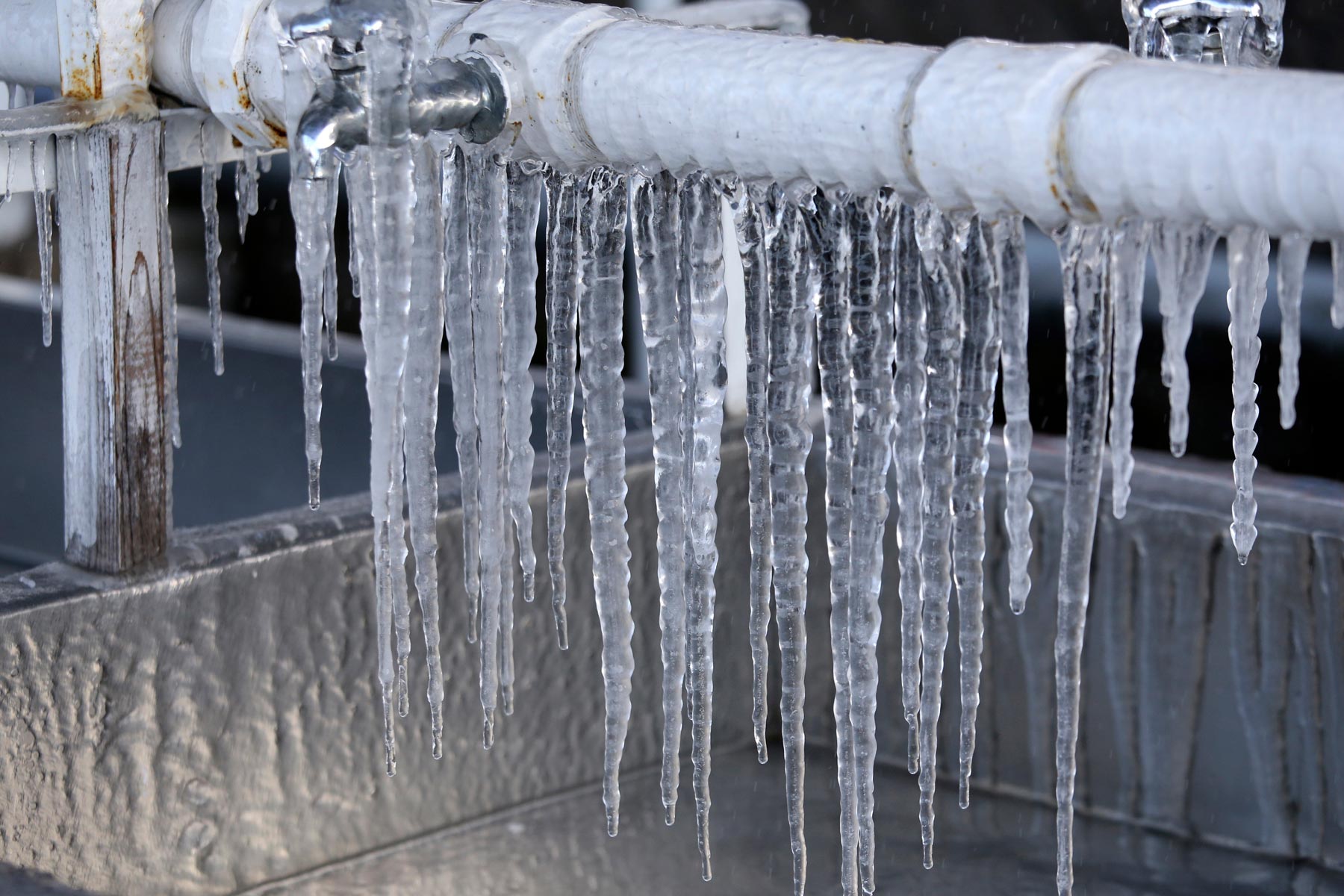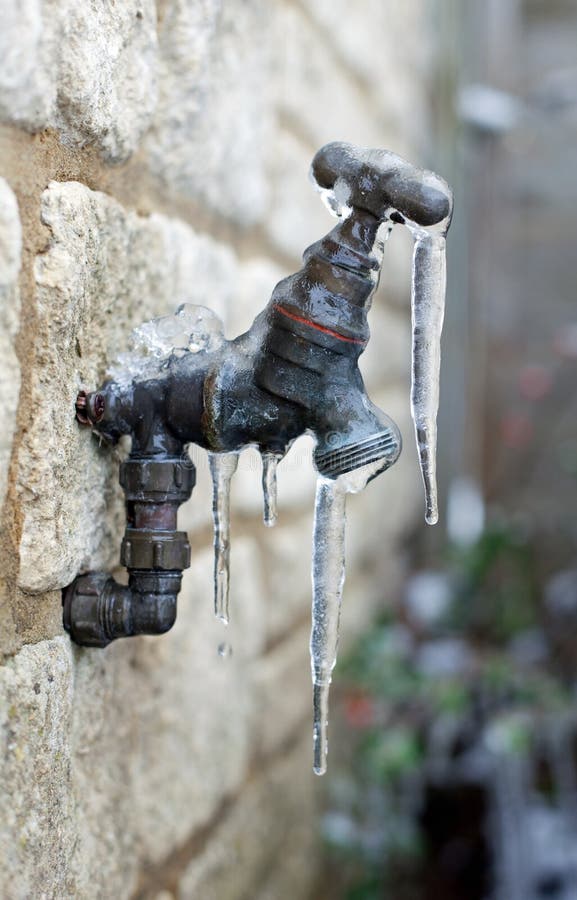How to Protect Pipes from Cold Weather: Expert Tips
How to Protect Pipes from Cold Weather: Expert Tips
Blog Article
Right here in the next paragraphs you might get some good expertise in regards to Helpful Tips to Prevent Frozen Pipes this Winter.

Cold weather can ruin your plumbing, especially by freezing pipes. Below's how to stop it from taking place and what to do if it does.
Introduction
As temperatures decline, the risk of frozen pipes boosts, potentially bring about pricey repair work and water damage. Understanding exactly how to prevent icy pipelines is crucial for house owners in cool environments.
Avoidance Tips
Shielding susceptible pipelines
Wrap pipes in insulation sleeves or utilize heat tape to protect them from freezing temperature levels. Focus on pipelines in unheated or external areas of the home.
Home heating methods
Keep interior areas appropriately warmed, specifically locations with plumbing. Open up closet doors to allow cozy air to flow around pipes under sinks.
Just how to recognize frozen pipes
Search for lowered water flow from faucets, unusual odors or noises from pipelines, and visible frost on exposed pipelines.
Long-Term Solutions
Structural changes
Think about rerouting pipelines away from exterior walls or unheated areas. Add additional insulation to attic rooms, basements, and crawl spaces.
Upgrading insulation
Invest in high-grade insulation for pipelines, attics, and wall surfaces. Appropriate insulation helps maintain regular temperatures and minimizes the threat of frozen pipes.
Protecting Outside Plumbing
Yard tubes and outside taps
Detach and drain pipes garden pipes before winter. Set up frost-proof spigots or cover outdoor taps with protected caps.
Comprehending Icy Pipes
What causes pipes to ice up?
Pipelines ice up when subjected to temperatures listed below 32 ° F (0 ° C) for expanded durations. As water inside the pipelines ices up, it broadens, taxing the pipeline walls and possibly causing them to burst.
Dangers and problems
Frozen pipes can cause water disturbances, property damage, and expensive repair work. Burst pipes can flooding homes and create considerable architectural damages.
Indications of Frozen Piping
Recognizing frozen pipes early can avoid them from rupturing.
What to Do If Your Pipes Freeze
Immediate activities to take
If you think frozen pipes, maintain faucets available to alleviate stress as the ice melts. Utilize a hairdryer or towels taken in hot water to thaw pipelines gradually.
Final thought
Stopping frozen pipelines requires aggressive actions and quick responses. By comprehending the reasons, signs, and safety nets, home owners can safeguard their plumbing throughout cold weather.
5 Ways to Prevent Frozen Pipes
Drain Outdoor Faucets and Disconnect Hoses
First, close the shut-off valve that controls the flow of water in the pipe to your outdoor faucet. Then, head outside to disconnect and drain your hose and open the outdoor faucet to allow the water to completely drain out of the line. Turn off the faucet when done. Finally, head back to the shut-off valve and drain the remaining water inside the pipe into a bucket or container. Additionally, if you have a home irrigation system, you should consider hiring an expert to clear the system of water each year.
Insulate Pipes
One of the best and most cost-effective methods for preventing frozen water pipes is to wrap your pipes with insulation. This is especially important for areas in your home that aren’t exposed to heat, such as an attic. We suggest using foam sleeves, which can typically be found at your local hardware store.
Keep Heat Running at 65
Your pipes are located inside your walls, and the temperature there is much colder than the rest of the house. To prevent your pipes from freezing, The Insurance Information Institute suggests that you keep your home heated to at least 65 degrees, even when traveling. You may want to invest in smart devices that can keep an eye on the temperature in your home while you’re away.
Leave Water Dripping
Moving water — even a small trickle — can prevent ice from forming inside your pipes. When freezing temps are imminent, start a drip of water from all faucets that serve exposed pipes. Leaving a few faucets running will also help relieve pressure inside the pipes and help prevent a rupture if the water inside freezes.
Open Cupboard Doors
Warm your kitchen and bathroom pipes by opening cupboards and vanities. You should also leave your interior doors ajar to help warm air circulate evenly throughout your home.

I'm just very taken with How to prepare your home plumbing for winter weather and I am hoping you enjoyed reading the entire blog entry. Enjoyed reading our review? Please quickly share it. Help other people locate it. I praise you for being here. Come back soon.
Book Inspection Report this page